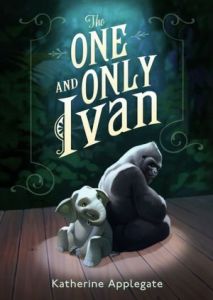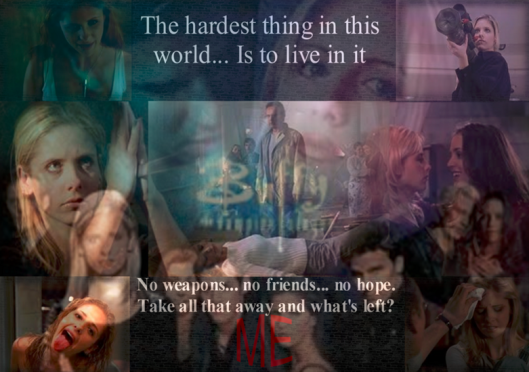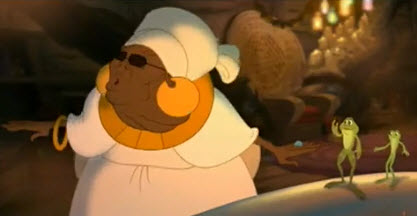Tags
Am Writing, Blake Snyder, Buffy the Vampire Slayer, Character, Character Arc, Elizabeth Fais, Fiction, interiority, Joss Whedon, literary agents, Mary Kole, NCIS, Save the Cat!, SCBWI, SCBWI San Francisco/South, Society of Children's Book Writers and Illustrators, Writing Irresistible Kidlit
Agents and editors want stories that have characters they can care about, characters with depth. For the longest time, I had no idea how to accomplish this. I knew depth meant complexity, but how you created that quality in characters was a mystery. Then one day, while watching an episode of NCIS, the pieces of the character-depth-puzzle magically fell into place. Who knew Abby and Gibbs would be the key that unlocked this literary mystery?
1. Mix it up with multiple character traits
In a 2-dimensional painting, everything appears flat. You get the same effect with characters that only have one basic trait—bully, geek, mean girl, wimp, etc. To avoid flat characters, give them multiple traits of varying strengths.
I like the analogy of creating perspective in a painting. What’s in the foreground is  more intense and has greater detail. As should be the predominant trait of a character. With increased distance in a painting, objects become lighter and have less detail. Secondary and tertiary character traits should have less focus as well.
more intense and has greater detail. As should be the predominant trait of a character. With increased distance in a painting, objects become lighter and have less detail. Secondary and tertiary character traits should have less focus as well.
When Building a Better Character, reveal the traits over time as the character interacts with others and reacts to various situations.
2. Shake & stir: the good, the bad, and the ugly
Just as characters need a blend of traits to be believable, they must also display a variety of emotions. No one is perfect, and we wouldn’t like them if they were. Show their good side, so we like them, but don’t hold back on the bad and the ugly.
- There are several types of heroes, each with a different set of predominant emotional archetypes. Who’s your hero?
- Introduce the Quirky Quotient for a memorable, offbeat character.
- For more subtle depth, weave in idiosyncracies that Build Empathy.
3. Peal back the layers
It’s human nature. The longer we savor an experience, the richer our enjoyment. This is why it’s important for characters to unfold and grow along with the plot.
Think of pealing back the layers of an onion. Each layer should reveal something  unique and intimately real about the character. When we first meet someone, we get a superficial impression of who they are. It takes time, and a variety of experiences, before we get to know who they really are. It should be the same with our characters.
unique and intimately real about the character. When we first meet someone, we get a superficial impression of who they are. It takes time, and a variety of experiences, before we get to know who they really are. It should be the same with our characters.
At a San Francisco South Society of Children’s Book Writers and Illustrators (SCBWI) Agents Day conference, former literary agent, Mary Kole explained how to explore a character’s inner life through interiority. Interiority is a combination of the character’s internal dialog and point of view. To learn more, check out her book on Writing Irresistible Kidlit: The Ultimate Guide to Crafting Fiction for Young Adult and Middle Grade Readers.
4. Pressure cook for change
 Character depth requires change over the course of the story. The Character Arc is a journey that forces the character to confront their frailties to become wiser and stronger.
Character depth requires change over the course of the story. The Character Arc is a journey that forces the character to confront their frailties to become wiser and stronger.
All great stories are about transformation. To survive, the hero has to change by facing their greatest fear and overcoming it. Blake Snyder—in the popular story structure guide, Save the Cat!—called this The Dark Night of the Soul.
Joss Whedon (Buffy the Vampire Slayer) puts characters through hell—literally and figuratively. This pressure has the same effect as the pressure that transforms a lump of coal into a diamond. It smooths off their rough edges and makes them shine.
You take people, you put them on a journey, you give them peril, you find out who they really are. ― Joss Whedon






























